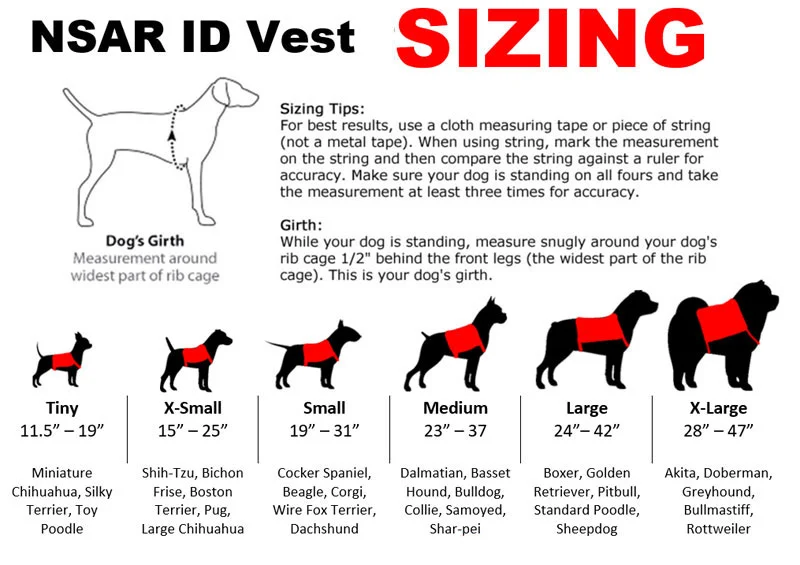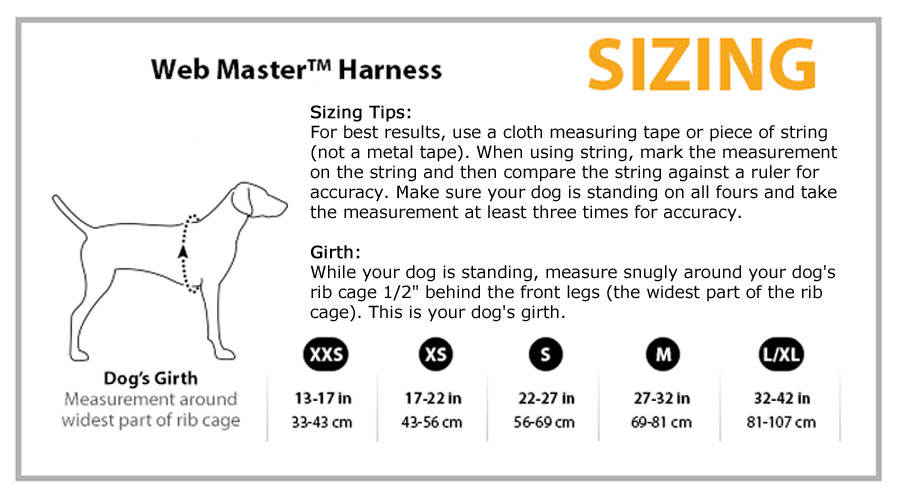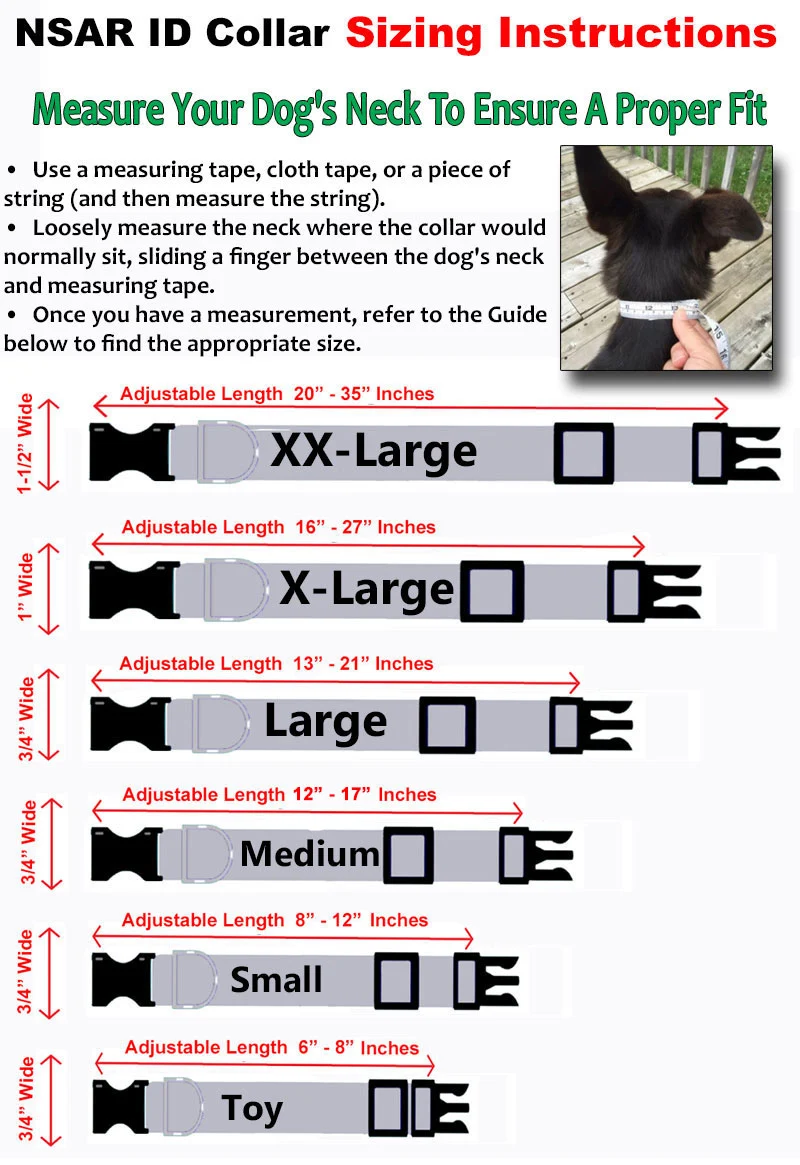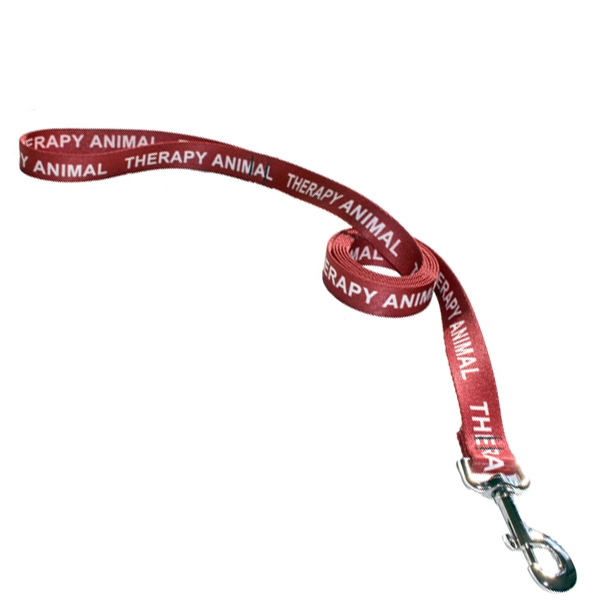
None of us want to think about what will happen when our service dog gets old or sick. We depend on them for so many things; perhaps most importantly, for companionship. We don’t want to imagine what our lives would be like without them, or that we might have to make a difficult decision when they reach the end of their life.
Naturally, we’d prefer for our service dogs to pass peacefully in their sleep, but more often than not there comes a point where we have to think about euthanasia. Having an animal in our lives is a privilege, and with that privilege comes responsibility. Making the decision to put our pets to sleep is often the kindest thing to do in the end.
The aim of this article is to provide you with all the information you need so you know what to expect when the time comes. Saying goodbye to your best friend is never going to be easy, but being well informed about the process will hopefully make the journey smoother for you and help you prepare for the decisions you will need to make.
How to know when the time is right
One of the hardest things about euthanasia is the fact that, ultimately, we have to make the final decision. This can be particularly difficult for older service dogs who have deteriorated gradually.
How do we decide when it’s the right time? What if we make the decision too early? How can we know that today is the right day? Are they so much worse than they were yesterday? How do we know how they will be tomorrow?
It’s very important to remember that you don’t have to make this decision on your own. Your vet, who is objective and less emotionally involved, will be able to advise you, so make sure you ask for their help and guidance. Ask as many questions as you need to in order to make the decision. You might also be able to get support and advice from friends and family, particularly if they have been through this too.
It might help you to come to terms with the decision if you look at photographs or videos of your when they were younger. If you see how much they have changed and are struggling now in comparison, it might make you realize that the time is right.
Assessing your service dog’s quality of life
In the end, making a decision about pet euthanasia often comes down to their quality of life. If you have had a close relationship with your service dog, you will not want them to suffer. You want them to die with dignity, free of pain. Your vet will be able to help you assess their quality of life. It might help for you to consider these questions.
- Is your service dog suffering from chronic pain that can’t be controlled by medication?
- Is he experiencing frequent vomiting? Is he continent?
- Does he find it difficult to breathe?
- Is he taking in enough water? Is he able to drink independently?
- Is he eating voluntarily? Is he interested in food?
- Is his coat healthy? Are all pressure spots and wounds clean?
- Does he still want to do the things he has always enjoyed? Is he keen to go for a walk? Does he respond to his favorite people? Is he interested in his favorite toys?
- Is he able to stand and walk on his own?
If you are responding negatively to many of these questions, it’s time to get your vet’s opinion about the right course of action for your animal.
How to prepare

Once the decision to go ahead with euthanasia is made, you may find it difficult to hand over all control to the vet. You might experience feelings of powerless, which can be hard to deal with. It might help if you focus on the parts you can control, such as where the procedure will take place and how you can make it as comfortable as you can for your dog or cat.
It might also help to make a plan for what will happen afterward. Organizing a memorial for our pets can help us process grief, just like it does when we organize a person’s funeral. It’s also a good idea to make these arrangements in advance to take the pressure off the period immediately after the procedure, when you might not be up to it.
Anticipate the fact that organizing payment following the procedure might not be easy for you emotionally, so ask your vet in advance how much it will cost and how you will pay. It might be possible to settle the bill beforehand, so you don’t have to think about it afterward.
What will happen
Although you may not feel like hearing all the details, getting as much information as you can from your vet about the options will help you make an informed decision on behalf of your beloved animal and to prepare yourself.
Sometimes, it’s possible for the vet to come to your home to carry out the procedure. If you think this would be easier for you, ask the vet if it’s an option. On the other hand, you may prefer to personally take your pet to the vet’s office or animal hospital and remain with him or her, while others choose to say goodbyes and not be present for the procedure. Remember, everyone copes differently, and there is no shame in leaving the final act to the vet.
The procedure
If you are planning to be present at the end, it’s a good idea to know what to expect so you are prepared. The procedure will vary according to the vet and the animal, so ask for it to be explained to you beforehand. Ask all the questions you need to; nothing is too trivial. This is will help you prepare.
Normally, pets are put to sleep by an overdose of anesthetic. In larger animals, such as dogs and cats, this is injected into a vein; in smaller animals, it is normally injected into the abdomen following sedation.
Vets sometimes sedate larger animals too but may opt not to do so, as this can make the animals sick. It can also make it harder for the vet to find a vein and carry out the procedure smoothly.
Remember, even if they are not sedated, all your service dog will feel is the prick of the needle. The whole thing will be over very quickly, as the anesthetic reaches the heart in seconds.
For smaller animals, the procedure is likely to take place on a table, and for larger ones it might be carried out on the floor. The vet will have to hold the animal in a certain way, so he/she is likely to tell you where you can stand (or sit) so your animal can hear your voice and feel your presence while giving your vet the room he/she needs.
Sometimes animals have a reaction after death that can be upsetting if you’re not expecting it. Some might gasp or make a noise; they might twitch or empty their bowels. Remember, your service dog and is unaware of this; it is it completely normal.
What happens next?
Don’t worry if you feel upset and cry or find it hard to control your emotions. Your vet will have performed this procedure many times and will have seen a wide range of reactions. You may surprise yourself by being calm, especially if you are well prepared. You might also feel some relief on behalf of your service dog, if they have been suffering. People react in very different ways, and each one is perfectly natural.
If the procedure takes place at the vet’s office, you will be given time afterward to say goodbye to your service dog. You will have decided beforehand if your vet is going to organize a cremation,,if you prefer to do this for yourself.
If your pet didn’t have an infectious disease, you can opt to take him or her home with you. If you wish the arrange a burial or cremation at a pet cemetery the international association of pet cemeteries and crematories will be able to direct you to one in your area. If you wish to bury him yourself or scatter his ashes, you’ll want to check with the local authority to see if there are any restrictions.
How to cope with grief following the loss of your beloved animal

No one who has had a strong bond with a pet will be surprised to hear that losing a beloved animal can be as difficult as losing a person you are close to. Some people feel quite isolated, lonely, and even depressed when they lose their service dog. It can be difficult to express your feelings, particularly if you think the people around you don’t understand.
If you have friends and family who have been through it, reach out to them for help. It helps to talk to someone who has been there, and it’s important that you don’t bottle up your grief. If you don’t have sympathetic people close to you, try to find a support network. Ask your doctor about local support and counseling. It’s important that you find someone you can talk to.
Sometimes the fact that you had to make the final decision can weigh heavily on you. You might experience feelings of guilt and self-doubt. Remember, you made the decision in consultation with your vet, and you were doing what was best for your service dog by relieving them of their pain and letting them pass with dignity.
Sometimes it helps to create a memorial for your pet. Some people have a portrait painted, or make a scrapbook of photos and memories. You might like to think about having a stone in your garden or planting a tree. Some people like to donate to an animal charity. If you’re struggling to come to terms with the passing of your pet, you may consider writing down your feelings in a journal. Sometimes expressing feelings on paper helps you to come to terms with them.
When is it time to get a new service dog?
Some of us need a service dog in order to be able to carry out the functions of our everyday life. If this is the case for you, however difficult it sounds, it’s a good idea to start making arrangements to find another animal to love – and don’t feel guilty about it. You will have great memories of your old friend, but that doesn’t stop you from making new memories, or new friends.
If your needs are not immediate, take your time and don’t put yourself under pressure to make a decision. Ultimately, you need to think about your quality of life and how much you benefit from having a service dog.
Final words
Saying goodbye to a service dog can be extremely difficult, particularly if we have to make the decision to put them to sleep. When they reach a point where they do not have a good quality of life and they are having more bad days than good, we need to take a step back and think about what is best for them.
The strong feelings you might experience in the period after they have gone are nothing to be ashamed of. In fact, they are a testament to the special bond you shared with your pet.
Although you might be in pain now, know that you will recover. You have done the best thing for your service dog and you will always have those very special memories.
























